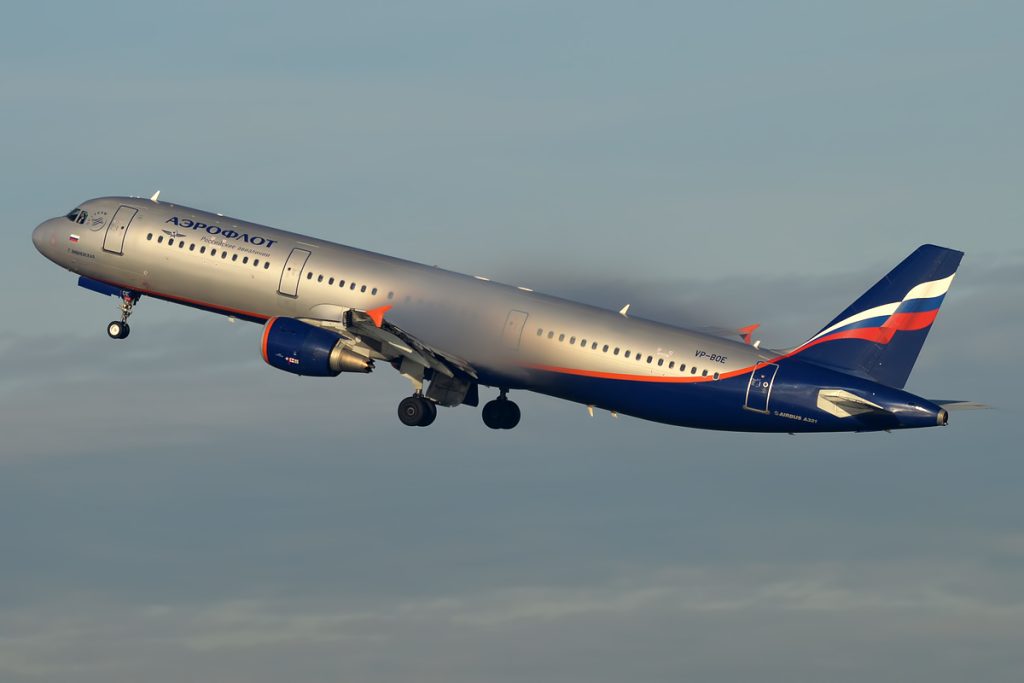Russian and Venezuelan national flag carriers Aeroflot and Conviasa have inked the Memorandum of Understanding (MoU) for strategic cooperation at the 26th St. Petersburg International Economic Forum.
Present at the ceremony were Sergey Aleksandrovsky, CEO of Aeroflot, and Ramon Celestino Velasquez Araguayan, CEO of Conviasa – the Venezuelan Transport Minister, who signed the document.
Interesting times for the two most sanctioned countries are coming together to join forces in aviation.
What’s in the document?
The Memorandum brings the two flag carriers of the most sanctioned countries together. Both Aeroflot and Conviasa will explore opportunities to expand their cooperation across the two regions, between Russia, Central America, and in particular the Caribbean Region.
In the initial stages, the two flag carriers plan to develop transportation links between Russia, Venezuela, and Cuba.
The A340-200 is back!
Conviasa will resurrect the rare A340-200 service on the regular direct flights between Havana and Moscow from the 18th of June.
Also earlier, Aeroflot announced the launch of direct flights between Varadero and Moscow from the 1st of July. For those aviation enthusiasts out there, the A340-200 is up for grabs!
Agreement Nearly Reached
The two airlines are planning to finalize their interline agreement with direct settlements soon. This will allow seamless travel between Russia, Cuba, and Venezuela, whereby tickets are issued by both Aeroflot and Conviasa. Traveling between Russia, Cuba, and Venezuela has never been easier than before.
Moreover, Aeroflot and Conviasa intend to begin a codesharing agreement in the perspective surrounding the joint operation of flights.
This will also mean that the flights will operate under a common code so that passengers can collect and take advantage of points of both airlines.
Who Flies This Route?
Many would recall the famed ‘Terror Flight’, a flight linking Tehran and Caracas, with the 747SP. These flights were usually barely full, and one questioned the profitability of such flights.
These bizarre routes make no commercial sense but are still flying under the support of governments on both sides, in this case, Venezuela and Russia, and to some extent Cuba.
Russia’s invasion of Ukraine has propelled the country and Aeroflot to align with like-minded nations to create vital air links; be it the transportation of goods, government personnel, and sensitive information. Venezuela, known for its tropical climate could also attract Russian tourists.
Cuba is already an established location for Russian tourists, and flying onward to Venezuela will be an additional hop in their vacation itinerary.
Economically speaking, the two countries are being watched by the Western bloc, meaning businesses such as banking and oil & gas are rubbing shoulders, which means business traffic between the two nations could generate much of the ‘premium’ band of this route after all.
The oil and gas traffic is a huge profit maker for airlines, which presents a useful business case for Conviasa to fly between Venezuela and Russia.
The combination of sanctions, tourism, and the economy could explain why the agreement between Aeroflot and Conviasa has been created.









